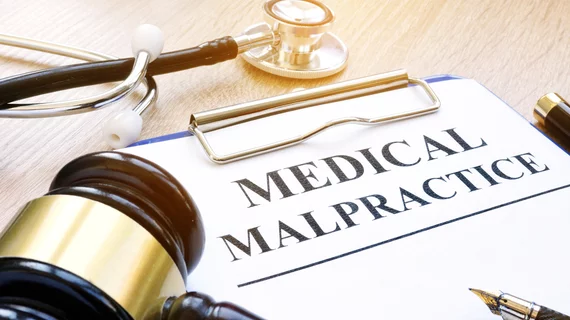Hospital sued for $900K after man’s face ignites during surgery
A man with cancer suffered severe burns, swelling and disfiguring scars after his face caught fire during surgery, according to a lawsuit seeking $900,000 in damages.
John Michael Murdoch, then 51, had his face swabbed with alcohol as surgeons at Oregon Health & Science University (OHSU) prepared him for a tracheostomy to alleviate symptoms stemming from cancer inside his tongue. The lawsuit contends that a surgical tool then ignited his skin, fueled by oxygen and alcohol. The instrument in question allegedly had a history of sparking and malfunctioning prior to burning Murdoch.
The incident occurred in December 2022. Murdoch died six months later, and it is his wife, Toni, who is now bringing the malpractice lawsuit against OHSU and the attending physician, Adam Howard, MD.
Toni said her husband’s wounds from the incident never healed, causing him severe discomfort and trauma in his final days. Her lawyer, Ron Cheng, argues that the accident “is a ‘never’ event” that “should never have happened.”
Both the hospital and Howard have declined to comment, citing patient privacy laws.
Cheng and Toni are still in the discovery process for the lawsuit and are attempting to identify staff members who were in the room at the time of the accident. It is unclear whether the hospital and other defendants will settle or if the case will go to trial.
Read the full story below from The Oregonian.

